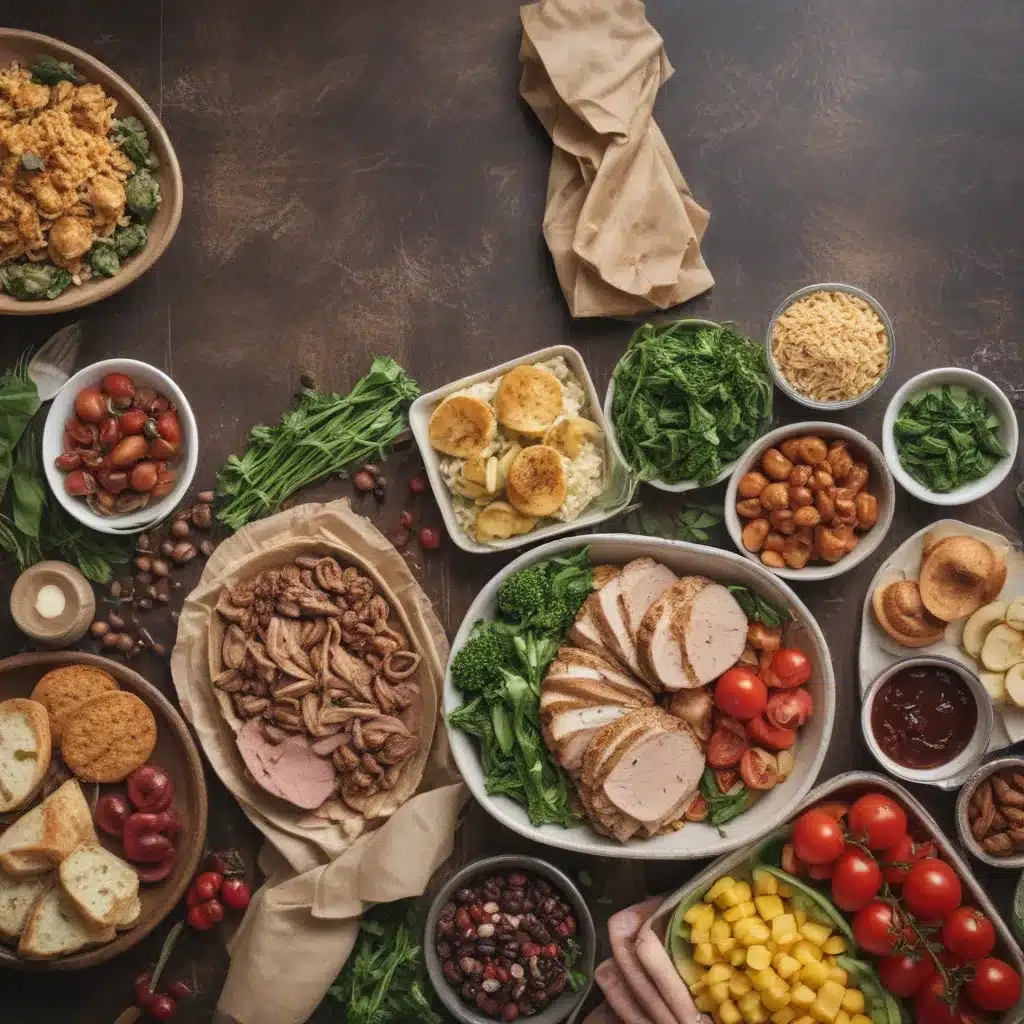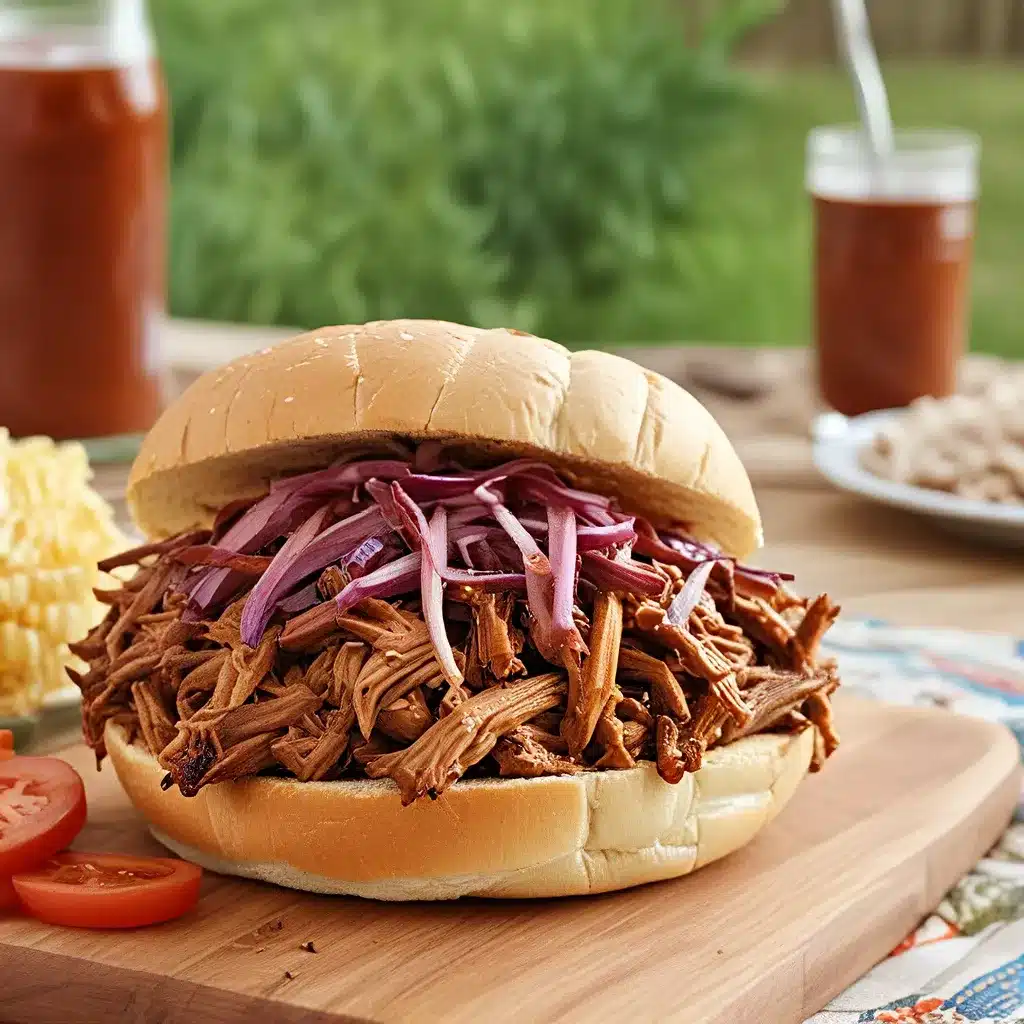
Introduction: Meal Planning on a Dime
As a busy mom of three, I know all too well the struggle of trying to put healthy, delicious meals on the table without breaking the bank. Between rising grocery prices and picky eaters, it can feel like an uphill battle sometimes. But over the years, I’ve developed a foolproof system for affordable meal planning that keeps my family fed and my wallet happy.
It all started a few years ago when I realized we were spending way too much on takeout and convenience foods. I knew I needed to get serious about planning our meals in advance, but I also wanted to make sure we were still eating nutritious, homemade foods. That’s when I discovered the magic of strategic grocery shopping, batch cooking, and making the most of every last ingredient.
Today, I’m excited to share my best tips and tricks for affordable meal planning. From maximizing sales and coupons to reducing food waste, I’ll show you how you can feed your family well without sacrificing your budget. By the end of this article, you’ll be a meal planning pro, whipping up delicious and wallet-friendly dishes your whole crew will love.
Tip #1: Make a Plan (and Stick to It)
The key to saving money on meals is to have a plan – and I don’t just mean a vague idea of what you might feel like eating that week. I’m talking a detailed, written-out meal plan that includes breakfast, lunch, dinner, and snacks.
According to the Dietitians of Canada, meal planning is “one of the best ways to save money on food while making sure you are eating balanced, nutritious meals.” When you have a clear plan, you’re less likely to impulse buy at the grocery store or end up relying on expensive takeout.
I like to sit down at the beginning of each week and map out our meals. I start by checking the weekly flyers to see what’s on sale, then I build my plan around those discounted ingredients. For example, if chicken breasts are 30% off, I’ll plan a few chicken-based dinners. If berries are cheap, I’ll incorporate them into breakfast and snacks.
But I don’t let the sales completely dictate my menu. I also make sure to include some of my family’s favorite go-to meals, as well as a few new recipes I’m excited to try. And I always leave a little wiggle room for spontaneity – after all, life happens!
Once I have my plan laid out, I make a comprehensive grocery list and do my best to stick to it when I hit the store. This helps me avoid those impulse buys that can really add up. And if I do happen to forget something or change my mind on a recipe, I make sure to update my list accordingly before my next trip.
As one Buzzfeed contributor puts it, “I never let the flyer completely dictate what my menu will look like, but I always allow it to provide inspiration.”
Tip #2: Get Creative with Leftovers
One of the biggest money-saving secrets I’ve discovered is the power of leftovers. Rather than letting extra food go to waste, I try to get creative and repurpose it into new meals.
For example, if I make a big batch of roast chicken one night, I’ll use the leftover meat to make chicken salad sandwiches the next day. Or I’ll toss the bones into a pot of homemade broth to use in a hearty soup or stew later in the week.
As the experts at Goodnes point out, “Eating leftovers all the time can get old, but I try to remember that I can always use different components of my leftovers to create new meals.” This not only reduces food waste, but it also stretches my grocery budget further.
Another trick I love is to intentionally make extra portions of certain dishes, like chili or lasagna, and then freeze them for easy future meals. That way, I always have a nutritious, homemade option on hand for those nights when I just don’t feel like cooking.
Registered dietitian Cara Rosenbloom recommends “doubling the ingredients in your recipe so you can make and freeze meals. This is known as batch cooking, and works well for multi-serve meals such as lasagna, soups, stew, chili, and curry.”
By getting creative with leftovers and batch cooking, I’m able to save a ton of time and money in the long run. It’s a win-win for my busy family!
Tip #3: Shop Smart (and Save Big)
Of course, no affordable meal planning strategy would be complete without some savvy grocery shopping tactics. And let me tell you, I’ve got a few tricks up my sleeve when it comes to scoring great deals.
First and foremost, I always start by checking the weekly flyers and digital coupons before I even set foot in the store. As that Buzzfeed contributor noted, “Sometimes, eating leftovers all the time can get old, but I try to remember that I can always use different components of my leftovers to create new meals.” This helps me identify the best sales and plan my meals accordingly.
I also try to stick to the store brand versions of most items, unless there’s a specific brand I know my family loves. As Cara Rosenbloom, RD, explains, “Unless it’s something that I’m unable to use due to the peanut allergy or an item I absolutely love (or if a different brand is on sale), store brand it is.” The savings can really add up, especially on pantry staples.
And speaking of pantry staples, I always make sure to keep my shelves well-stocked with long-lasting items like pasta, rice, beans, and canned veggies. Rosenbloom suggests that “Ingredients with a long shelf life, such as pasta, rice, and canned beans, can be purchased on sale and stored until you need them. If you maintain a well-stocked pantry, you’ll have fewer items to buy every time you shop.”
Finally, I try to take advantage of seasonal produce whenever possible. Rosenbloom notes that “Food that’s grown on local farms is less expensive during harvest season. Take advantage and stock up when it’s on sale. You can freeze, jar, or can it for later use.” This helps me save money while still incorporating plenty of fresh, nutritious fruits and veggies into our meals.
Tip #4: Embrace Plant-Based Proteins
One of the biggest budget-busting items on most grocery lists is meat. But the good news is, you don’t have to rely on expensive cuts of chicken, beef, or pork to get high-quality protein.
Instead, I try to incorporate more plant-based proteins into our meals, like beans, lentils, and tofu. As Rosenbloom explains, “Opt for more plant-based meals. Replace meat with less expensive options such as tofu or beans. Studies show that eating more plant-based foods and less animal-based foods can cut the cost of groceries by almost 30 percent.”
Not only are these protein sources more affordable, but they’re also incredibly versatile. I can toss them into soups, stews, casseroles, and even tacos and burritos. And my kids absolutely love dishes like our family’s famous three-bean chili or lentil bolognese.
If I do decide to include meat, I try to go for less expensive cuts like chicken thighs, ground turkey, or pork shoulder. Rosenbloom suggests pairing these proteins with affordable grains and veggies for a well-balanced, budget-friendly meal.
Tip #5: Reduce Food Waste (and Save Big)
One of the biggest money pits in any household is food waste. According to Rosenbloom, “Each year Americans waste 119 billion pounds of food, which is worth about $408 billion dollars. This affects restaurants and grocery stores, but it’s also happening in individual homes across the US. In fact, about 39% of all food waste comes from individual homes.”
That’s why I make a concerted effort to minimize food waste in my own kitchen. From properly storing and freezing leftovers to meal planning around ingredients I already have on hand, I’m always looking for ways to get the most bang for my grocery buck.
One Redditor shared a great tip: “Check your pantry, refrigerator and freezer. Look at the expiry dates of the foods and ingredients you already have on hand. Which ones do you need to use up? Look for recipes that use those foods and ingredients.”
I also love the idea of batch cooking and freezing extra portions. Rosenbloom recommends “doubling the ingredients in your recipe so you can make and freeze meals. This is known as batch cooking, and works well for multi-serve meals such as lasagna, soups, stew, chili, and curry.”
By being mindful of food waste and getting creative with leftovers, I’m able to stretch my grocery budget even further. It’s a simple strategy, but it can make a huge difference in the long run.
Conclusion: Affordable Meal Planning Made Easy
At the end of the day, affordable meal planning is all about striking the right balance – between saving money and serving up delicious, nutritious meals your family will love.
With a little bit of preparation and some savvy shopping skills, I’ve been able to feed my crew well without breaking the bank. From strategic grocery lists to batch cooking and beyond, I’ve developed a foolproof system that works for our busy household.
Of course, every family’s needs and preferences are different. But I hope that by sharing my best affordable meal planning strategies, I’ve inspired you to get creative in the kitchen and stretch your grocery budget a little further. Because at the end of the day, home-cooked meals made with love are the best kind of nourishment, no matter what your budget looks like.
Now, who’s ready to plan some affordable, family-friendly meals? Let’s get cooking!







